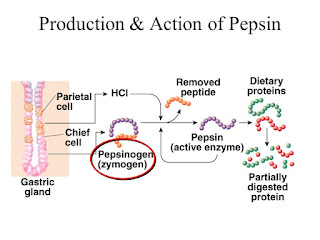The structure of Chimeric Antigen Receptor (CAR) III - Transmembrane Domains
Transmembrane Domains
Among the four components of a chimeric antigen receptor (CAR), the transmembrane domain is the least studied one. How different transmembrane domains affect and contribute to each other's functions is also not well studied. That being said, we will go through the function of a transmembrane domain of a CAR, the CD3ζ transmembrane domain, and the CD8α transmembrane domain.
Introduction of the transmembrane domain
The transmembrane domain is where the transmembrane proteins are located. In a CAR, the transmembrane domain has the function to anchor the CAR to the T cell membrane. How strong the CAR is anchored to the T cell membrane affects the CAR expression level and stability.
Currently, the commonly used transmembrane domain is derived from proteins such as CD3ζ, CD4, CD8α, and CD28.
The CD3ζ transmembrane domain
Among the transmembrane domains mentioned, the CD3ζ transmembrane may improve CAR-mediated T cell action as the CD3ζ transmembrane mediates CAR dimerization and incorporation into endogenous TCRs.
However, when compared to CARs with the CD28 transmembrane domain.
The CD28 transmembrane domain
CAR-T cell cytokine production and activation-induced cell death (AICD) affects the function of a CAR. CARs with the CD28 transmembrane and hinge domains release lower levels of TNF and IFNγ and are less susceptible to AICD.
This is the reason why the CD28 transmembrane domain is the current popular choice when a CAR is designed and engineered. After all, to improve CAR-T cell signaling, linking the proximal intracellular domain to the relevant transmembrane domain should be considered.




Comments
Post a Comment